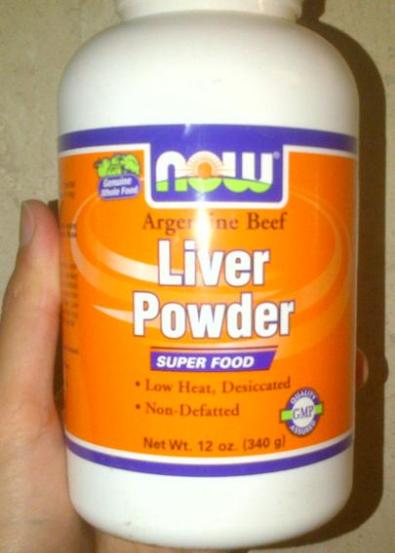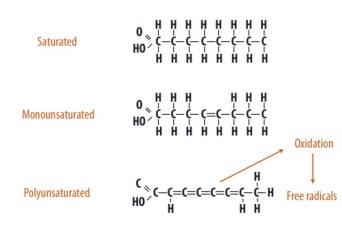How many of you are aware that Liver is considered a superfood, as it has most vitamins and minerals ounce for ounce than any other food? This is why I thought i’d start my review blog with a review of Now Foods Dessicated Liver Powder, natures multivitamin. 
Whats in the bottle?
Beef Liver, hormone-free and made into powder using low heat methods to preserve the nutrients. If ever you are buying liver powder, you need to ensure it comes from a healthy animal, otherwise the nutrients are not so concentrated. (Pasture raised, hormone-free etc).
Why non-defatted? There are two types of vitamins, fat soluble (Vitamin E, A, D, K) and Water Soluble (B and C). To absorb fat soluble vitamins, it needs to be eaten with fat (Thats why low fat diets can be a bad idea). Some manufacturers have Liver Tablets that are “Defatted” (Fat is removed) and thus the absorption of the fat soluble vitamins such as Vitamin A does not occur!
This particular powder is good as it is not defatted, meaning you absorb both types of vitamins!
As liver is so nutrient dense, its like taking a multivitamin and mineral powder all in one. However, the difference between a multivitamin and this, is that the nutrients in the liver are absorbed better (Its just like eating real food) Whereas vitamin supplements can sometimes have low absorption rates, especially badly made ones (For eg, when they use cheaper versions of vitamins such as B12 Cyanocobalamin, rather than Methylcobalamin, which has a much higher rate of absorption, and is found naturally in foods such as liver)
What vitamins and minerals does it contain?
Vitamin A, B Complex ( B1, B2, B6, B12, Choline, Inosotol, Pantothenic Acid, Folic Acid, PABA), C, D and E.
Minerals: Calcium, Copper, Heme Iron (highly absorbed), Manganese, Phosphorous, Potassium, Selenium, Sodium and Zinc.
Alongside this it also contains other beneficial substances which would not be found in a pill made in a lab, but only in real food like liver.
Who might it benefit?
People who want to improve their general health- As it is like taking a multvitamin and mineral all in one, it gives you a little boost, especially if your diet is not as good as it should be.
Anemics- due to the highly absorbable Iron, it may be easier to improve iron levels through this than taking synthetic iron tablets (however, like all iron rich foods, can give you slight constipation). The richest source of Heme iron available in nature is liver.
Athletes and Bodybuilders – due to its high level of protein (60-80%) as well as being high in nutrients, it is great to take a spoonful before workouts for a boost in energy levels.
Why Powder- and not tablets?
Tablets often contain other ingridients to help the pill to stick together, however powder doesnt. The binding agents can sometimes cause absorption problems and other negative effects. The powder is the closest to the real thing you can get if you dont like eating liver.
My Experience
I have been taking this for 3 weeks now, and I notice a slight improvement in energy, as well as general health. Its hard to say that it is all down to this, but it seems that I may have had a slight iron deficiency (i dont eat that much meat apart from chicken!). I took a teaspoon before my workout and i felt a lot more stamina and energy.
I also felt a slight improvement in circulation, this could be from the oxygenating properties of Iron.
However, it tastes awful. I mix it with orange juice and just down it and drink a bit of straight OJ after to mask the taste!
Is there any scientific studies on Pubmed?
Nope. None that I could find. So unfortunately you will have to just rely on peoples own experiences of it and try it out for yourself to see the benefits! Theres no harm – its just like eating liver! Dont have it before bedtime, the energy boost may keep you awake.
Next Weeks Blog: My review on Cayenne Pepper.

